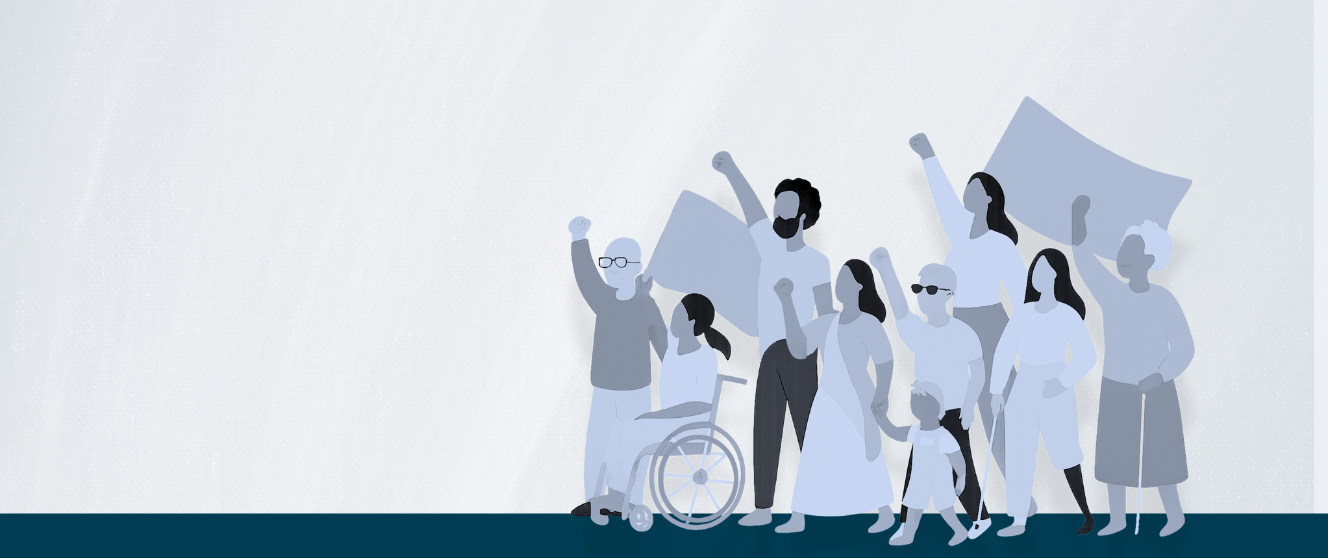
The Disability Rights Leadership Series: Memories from the 10th Anniversary
Week Three: C. Boyden Gray, Ralph G. Neas, and Arlene Mayerson (Part 2)
C. Boyden Gray
“Oh gosh…[the ADA is] one of the two or three things that I’ll be most proud of when look back on my life.” – C. Boyden Gray
Arlene Mayerson (Part 2 of 2)
“…I remember one late night, three o’clock in the morning conversation with Evan Kemp, where he told me that, in Washington, you’re in as long as you’re winning. And so, by the time we got to the ADA…we were winning.” – Arlene Mayerson
Ralph Neas
“…Something happened…that really ushered in my period of activism with respect to disability rights. That’s when I came down with Guillain-Barre syndrome, also known as French polio, and spent six months in a hospital in Minneapolis, Minnesota, and spending about three months of that time in the intensive care unit totally paralyzed on a respirator unable to breathe or talk. And over the period of the next year or two coming to a much better understanding of disability issues and making a vow once I got out of the hospital to do what I could do on a personal and professional basis with respect to disability issues…” – Ralph Neas

